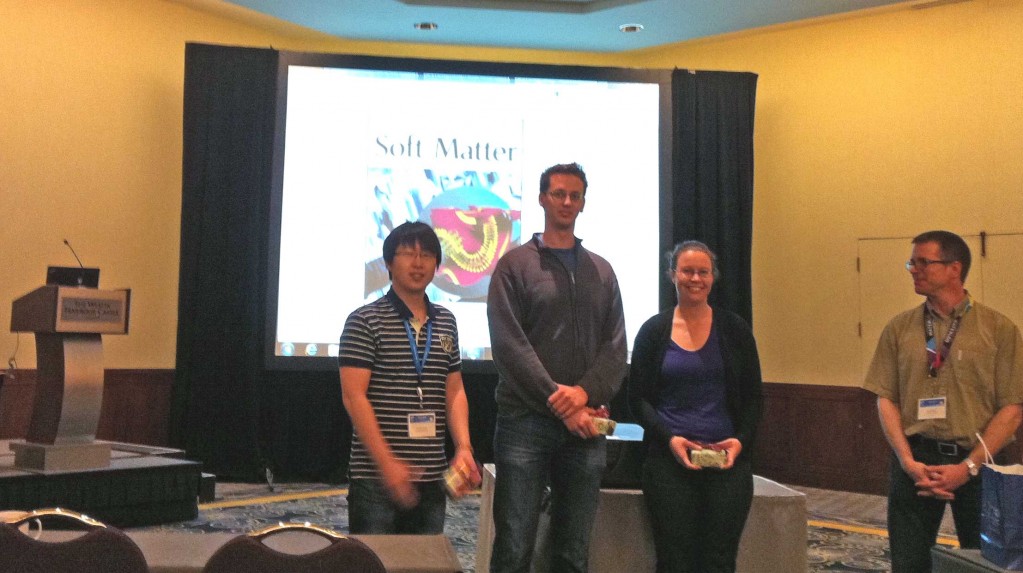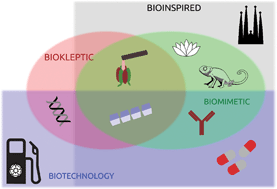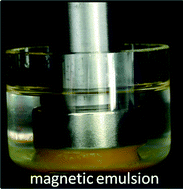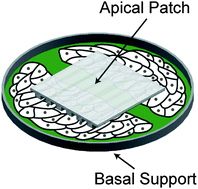Congratulations to Arisa Saito, Karmena Jaskiewicz, Miyako Tsuura, Tomohiro Fukushima and Amata Chaikriangkrai for winning the Soft Matter poster prizes at International Association of Colloid and Interface Scientists (IACIS 2012).
The titles of the winning posters were:
Ms. Arisa Saito (Shinshu University)
Concentration fluctuation of aqueous poly(N-isopropylacrylamide) solutions under magnetic fields
Ms. Karmena Jaskiewicz (Max Plank Institute)
Active transport of nanoparticles into polymersomes probed by photon correlation spectroscopy
Ms. Miyako Tsuura (Kyushu University)
Surface freezing of alkane-alkane, alkane-fluoroalkane, and alkanol-alkanol mixtures
Mr. Tomohiro Fukushima (Kyoto University)
Chemical Modulation of Self-Assembly Kinetics for Crystal Domain Control of Porous Coordination Copolymers
Mr. Amata Chaikriangkrai (Tokyo University of Technology)
Relationships between the Synthesis Conditions of Fe-Containing Mesoporous Silica and Its Effectiveness as a New Cosmetic Sunscreen Material

From left to right: Arisa Saito, Tomohiro Fukushima, Miyako Tsuura, Amata Chaikriangkrai & Karmena Jaskiewicz
IACIS 2012 was held 13th – 18th May in Sendai, Japan.
To keep up-to-date with all the latest research, sign up for the Soft Matter e-Alert or RSS feeds or follow Soft Matter on Twitter or Facebook.
















